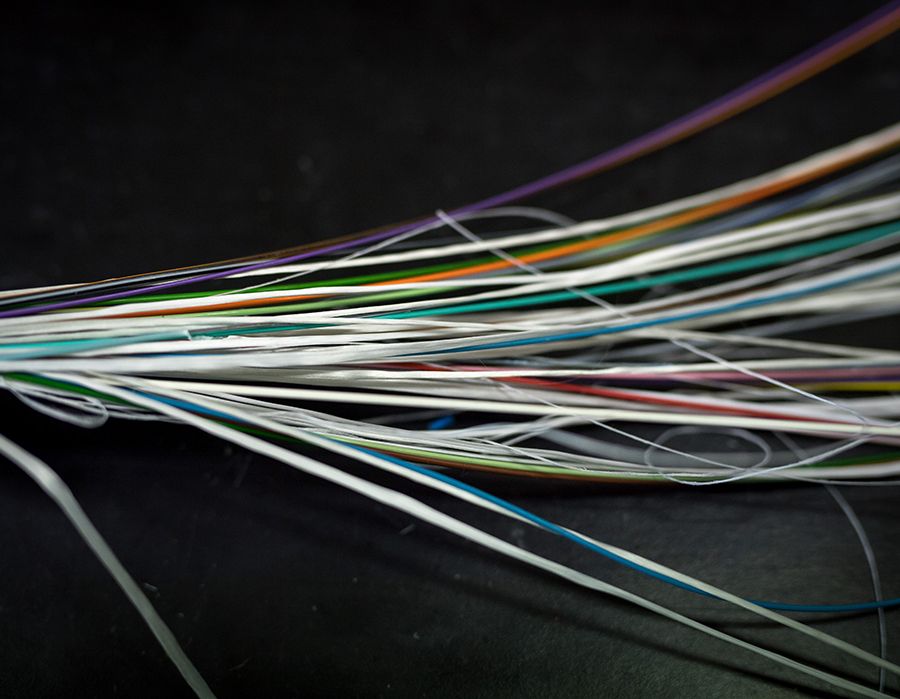Discussion of 5G network security, in particular in terms of the use of devices offered by Chinese suppliers, is an important factor related to the implementation of the new generation of wireless networks.
Key players in the global arena are involved – in particular the USA and China, as well as the European Commission and European Union member states.
At EU level, work was undertaken in 2019 to define a common approach to 5G network security, including a 5G risk assessment process and major risks identified in the 5G network. These works were concluded in a document published on 29 January 2020 entitled “Cybersecurity of 5G networks – EU Toolbox of risk mitigating measures”. It does not explicitly exclude or prohibit any supplier, but the dependence on one supplier – as well as risk associated with the supply chain, including the activities of other countries – were considered a significant risk.
At national level, there are on-going legislative works (currently at the government level) on the draft law for a national cybersecurity system. This draft law includes inter alia the assessment scheme of the so-called high-risk supplier. Among the assessment criteria there is control over a given supplier by a non-EU, non-NATO state.
The potential introduction of more extensive restrictions in the future would involve the risk of limiting the pool of telecommunications equipment suppliers, and thus could affect the maintenance as well as plans for the construction and development of network infrastructure (including 5G). This may affect the time schedule and/or costs of implementing the 5G network.




